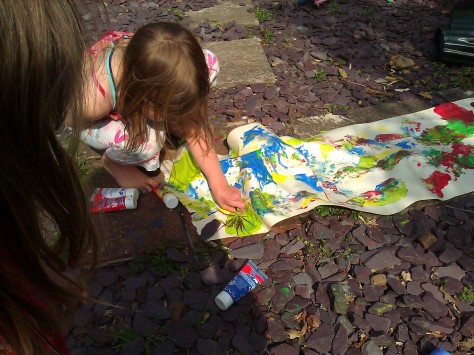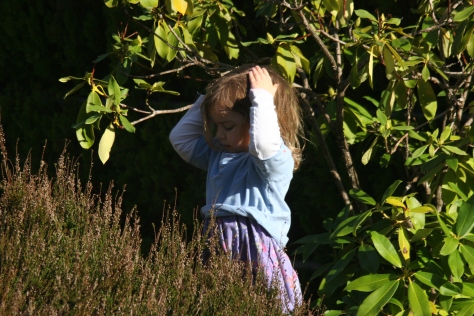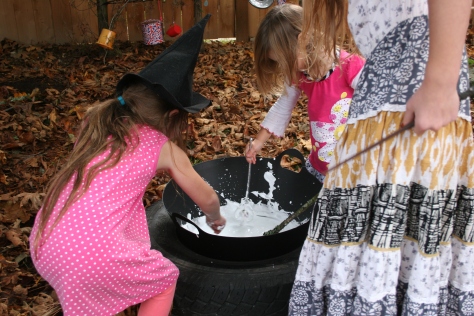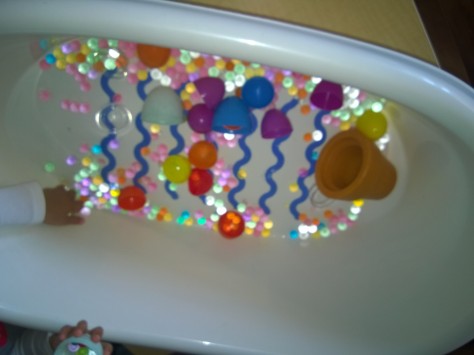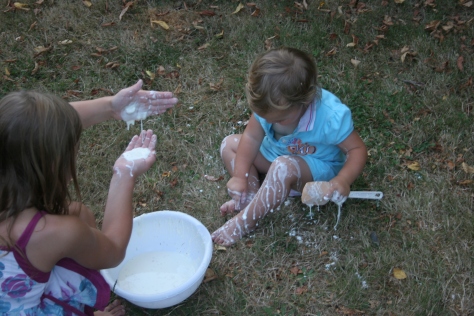Disclaimer the links to books referenced in this post, contain Amazon Affiliate Links.
Many years ago, I attended a training course where we were encouraged to follow the acronym OWLS in our teacher-child interactions. OWLS stood for
Observe
Wait
Listen
Speak
Children are naturally full of curiosity. Sometimes questions are asked as a way of thinking out loud and sometimes asked directly to obtain an answer from an adult. In both scenarios, if we follow OWLS we will discover a great deal about the children’s way of thinking and enable them to provide their own hypotheses.
If we are to support, rather than limit, children’s developing understanding, we need to allow them to help us recapture some of the wonder and innocence we have lost and to gain insight into their struggles to make sense of what is often a confusing and worrying world. Teaching is not about imposing our views, concerns or values on others. It is about enabling children to carry out their own investigations and draw their own conclusions. (Margaret Edgington – The Nursery Teacher in Action)
My children watched the fluff flying around the playground and wondered what it was. I’m not sure if they wanted a direct answer from me or a means of discussing possibilities together. I took it as the latter and listened to their thoughts.
The children used their existing knowledge about fairies, clouds, snow and cushion fillers to create hypotheses. They also borrowed ideas from the familiar story Cloudland by John Birningham to create a new story. Their answers could be a springboard to a project where the children create worlds, stories and characters involving the mysterious fluff.
Jerome Bruner explains that when we see children as thinkers, understanding is fostered through collaboration and discussion. The child is encouraged to express their views to achieve a meeting of minds with others with different views.
As the discussion ensued, the girls used their senses to explore the material and build on what they already know about the world to find answers. My role was to build an exchange of understanding between the two children and myself, to find the roots of the children’s systematic knowledge.
As we turned the corner we found a clump of the fluffy stuff.

The children began to construct even more elaborate stories, connecting with worlds they had previously imagined.
Encouraging these moments to develop into projects is described by Carolyn Edwards in The Hundred Languages of Children. She describes the role of the teacher in Reggio Schools.
The teachers constantly pay close attention to the children’s activity. They believe that when children work on a project of interest to them, they will naturally encounter problems and questions they will want to investigate. The teachers’ role is to help the children discover their own problems and questions. At that point, moreover, they will not offer ready solutions but instead help children to focus on a problem or difficulty and formulate hypotheses. Their goal is not so much to facilitate learning in the sense of making it smooth or easy, but rather to stimulate it by making problems more complex, involving or arousing. They ask the children what they need in order to do experiments – even when they realise that a particular approach or hypothesis is not “correct”. They serve as the children’s partners, sustaining the children and offering assistance, resources and strategies to get unstuck when encountering difficulties – Carolyn Edwards.
I wonder how many rich learning opportunities are missed in our school system because there isn’t time to slow down and teach in this way? Perhaps, all the more reason to share these experiences with our children when they are at home.
The children went on to discuss the ‘fluff’ with their friends. One friend told them it comes from a tree and they thought it was Dogwood. The next question was ‘What is a dogwood tree?’. This will be the next step in their discoveries.

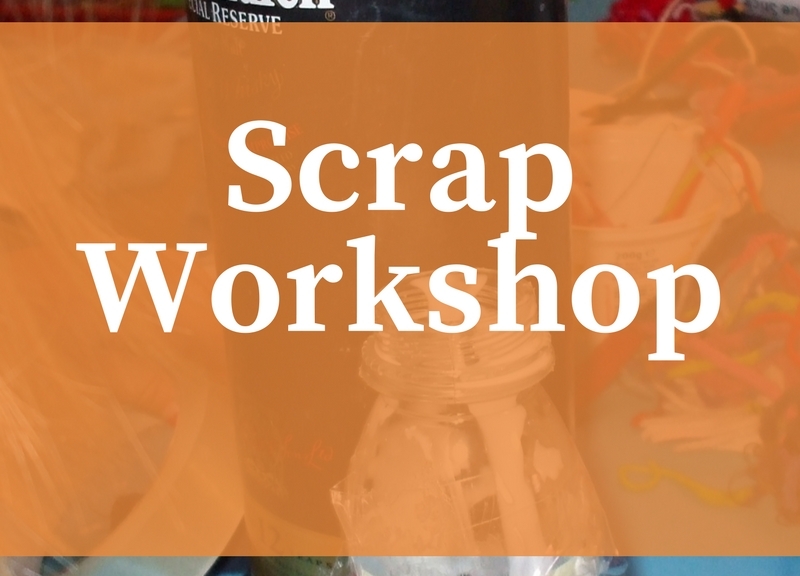
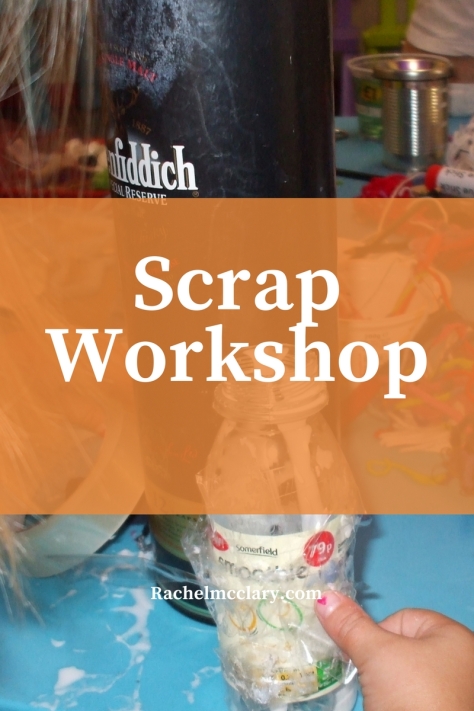




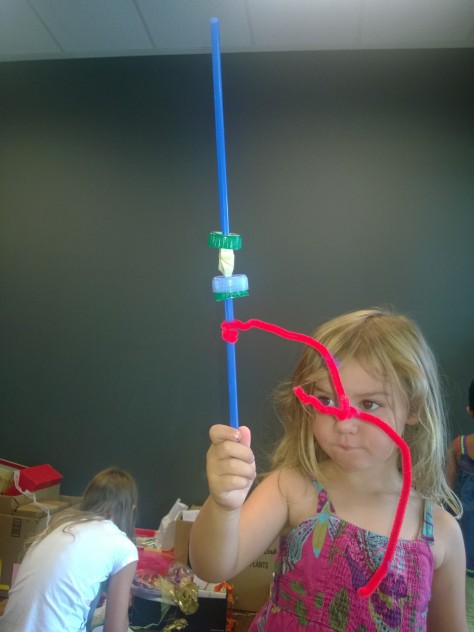





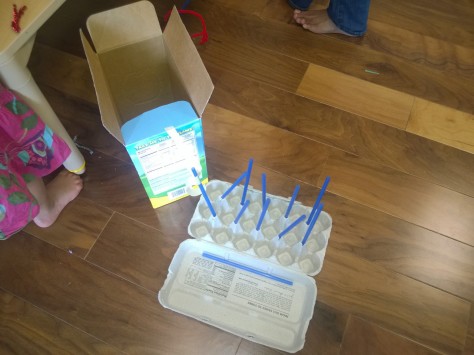
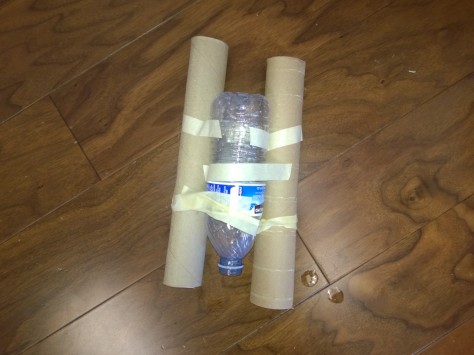

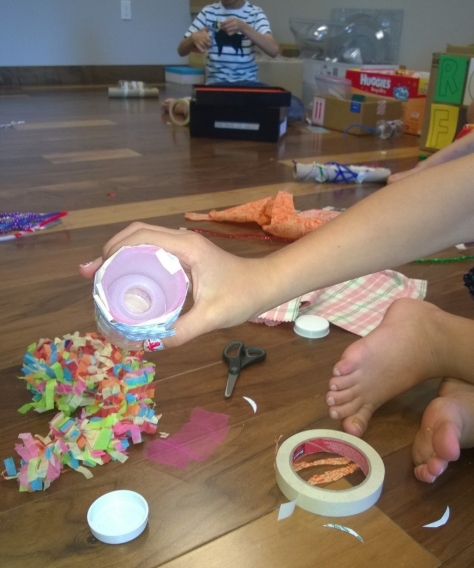


 For those of you who aren’t familiar with the term loose parts, check out my post on
For those of you who aren’t familiar with the term loose parts, check out my post on 

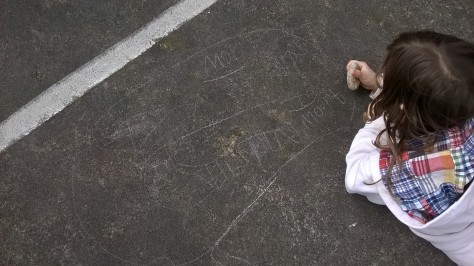
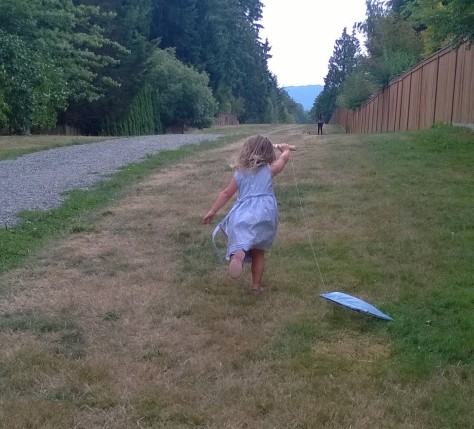
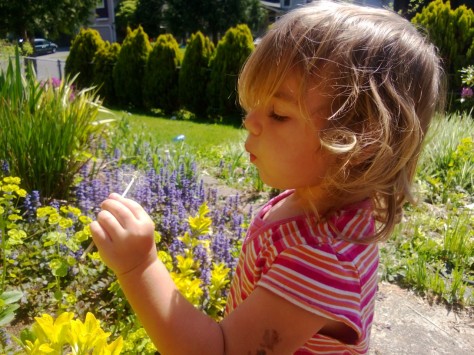





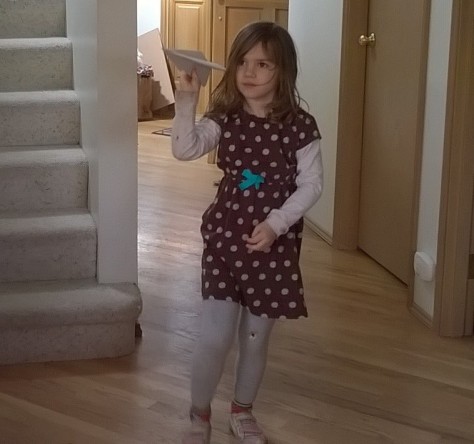
![FullSizeRender [345550]](https://rightfromthestart.files.wordpress.com/2016/03/fullsizerender-345550.jpg?w=474)








![FullSizeRender [345562]](https://rightfromthestart.files.wordpress.com/2016/03/fullsizerender-345562.jpg?w=474)
![FullSizeRender [345556]](https://rightfromthestart.files.wordpress.com/2016/03/fullsizerender-345556.jpg?w=474)
![FullSizeRender [345552]](https://rightfromthestart.files.wordpress.com/2016/03/fullsizerender-345552.jpg?w=474)






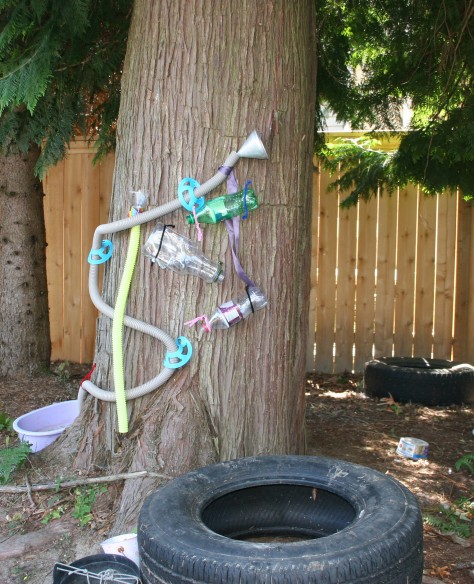
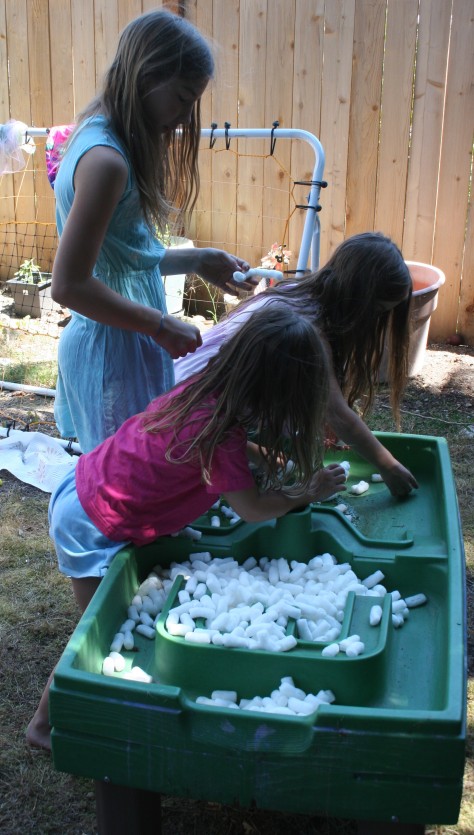

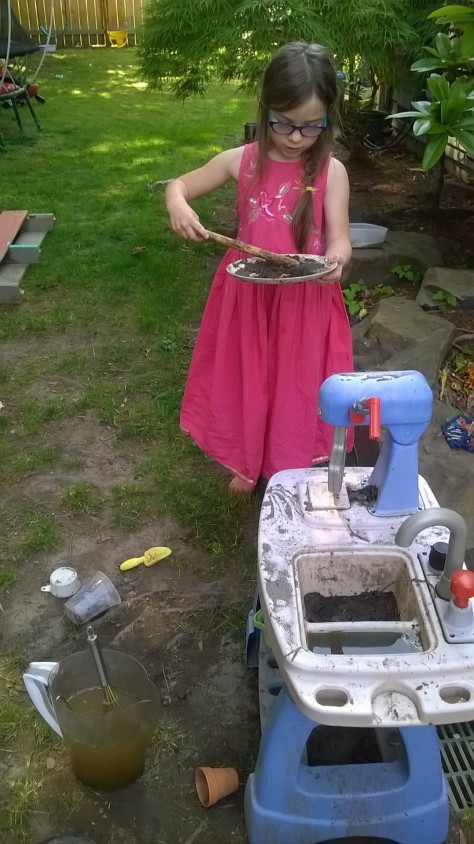
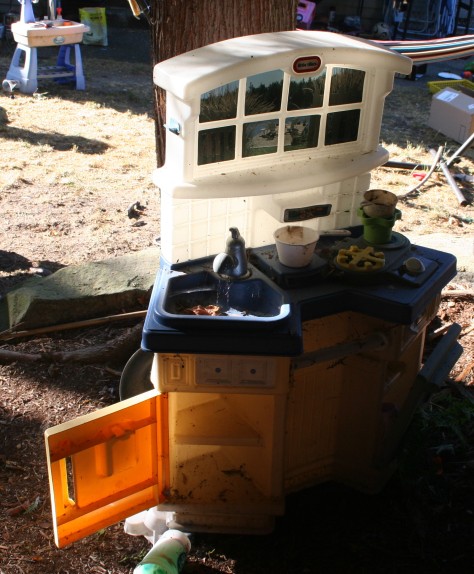
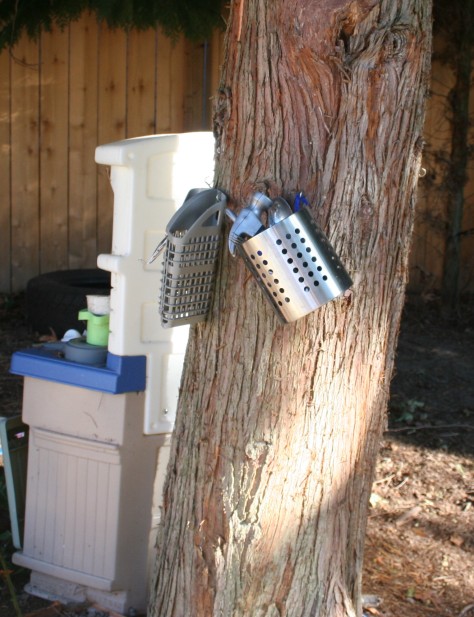
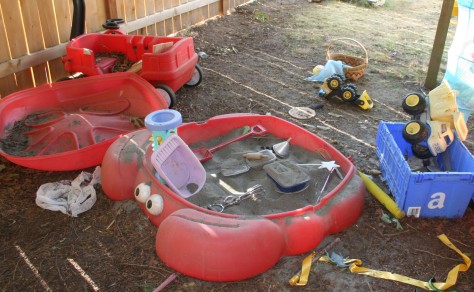






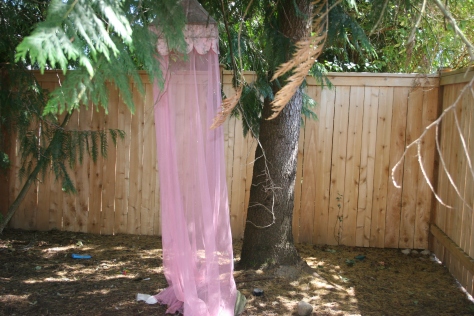 We also use a parasol for a shady spot. The girls recently created a face painting station beneath it. The parasol came with our water table and doesn’t have a stand. I used the stand for my Christmas tree.
We also use a parasol for a shady spot. The girls recently created a face painting station beneath it. The parasol came with our water table and doesn’t have a stand. I used the stand for my Christmas tree.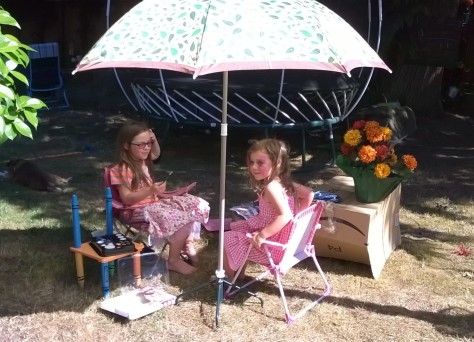










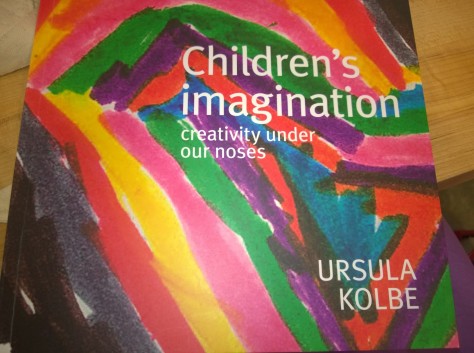
 The adult’s role is to provide interesting materials. A constant stream of new materials, however, leaves little room for development of expression. If, on the other hand, a variety of materials are easily accessible, children can choose those that interest them.
The adult’s role is to provide interesting materials. A constant stream of new materials, however, leaves little room for development of expression. If, on the other hand, a variety of materials are easily accessible, children can choose those that interest them.